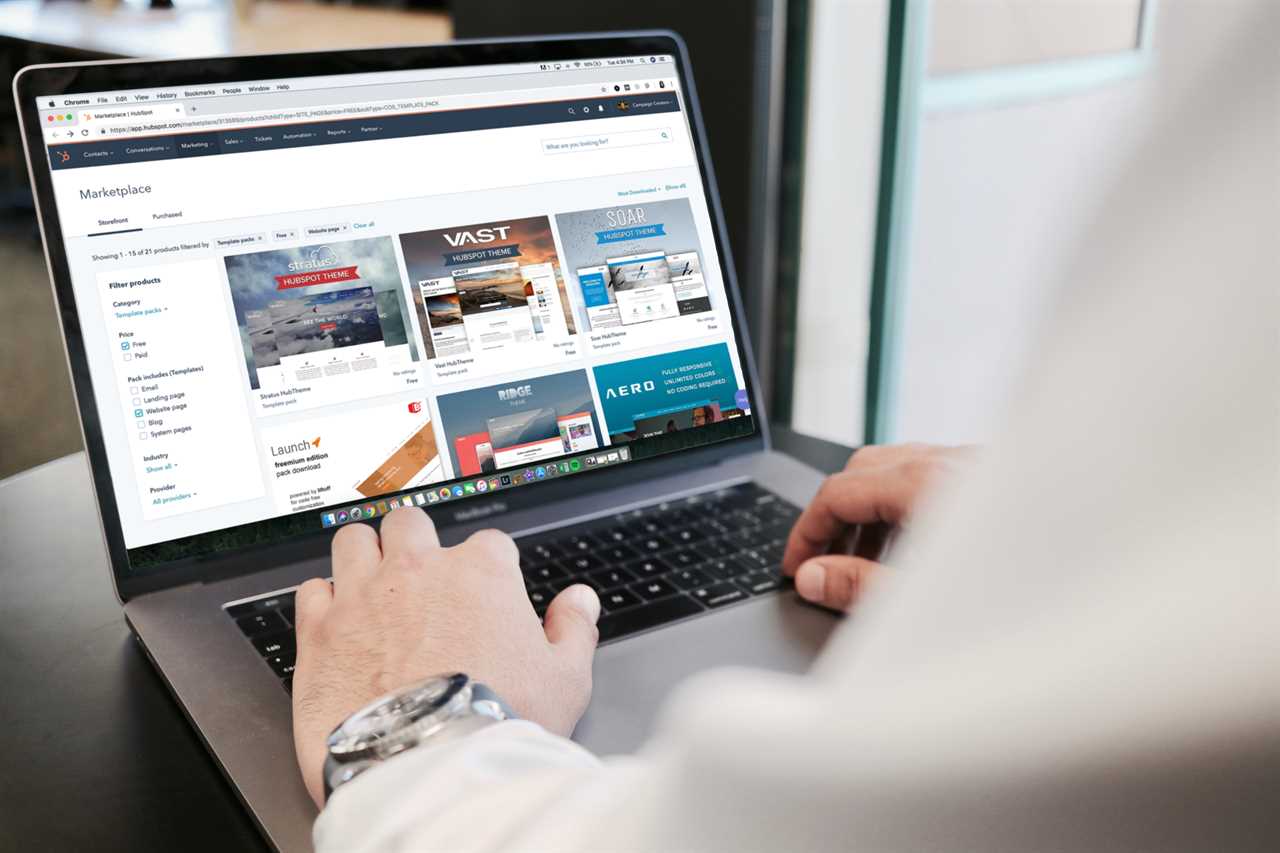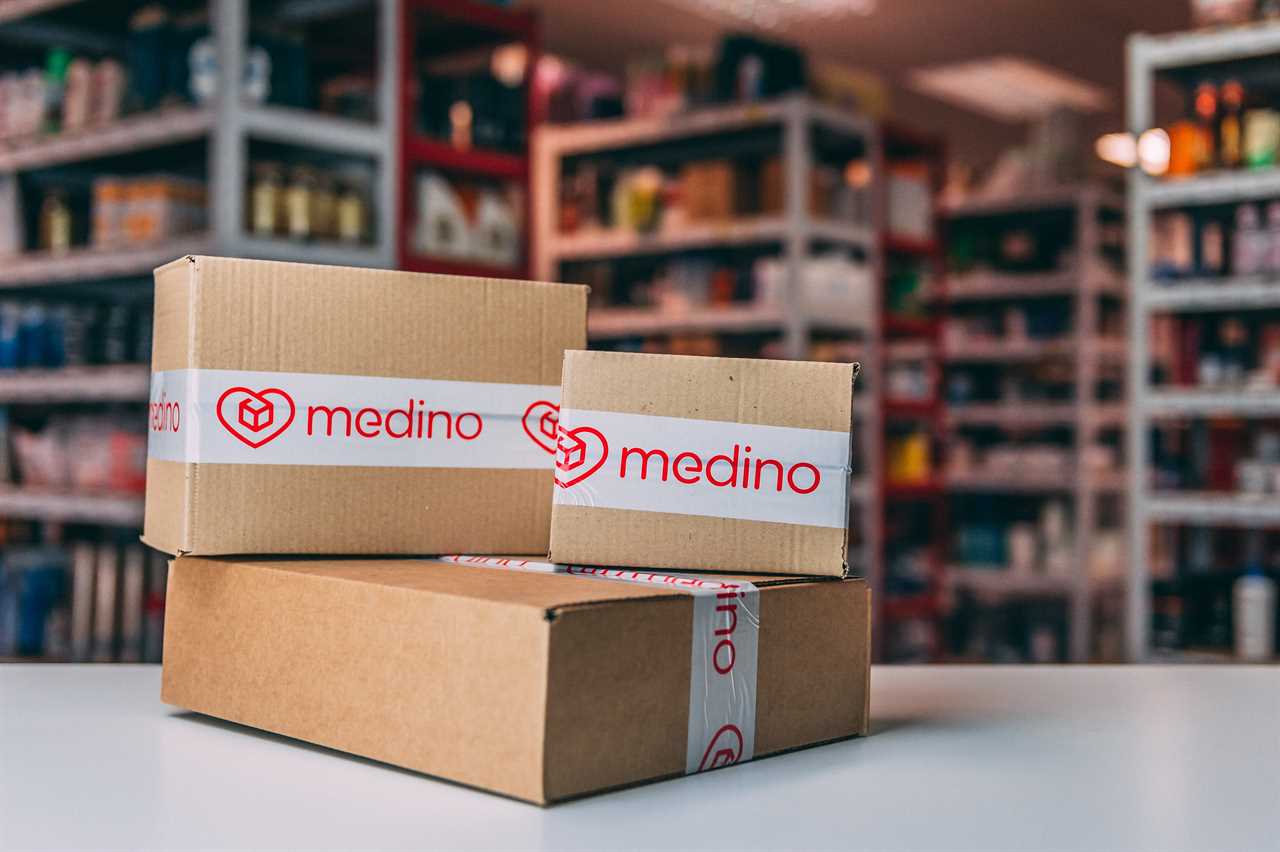
Are you tired of the traditional 9-to-5 grind? Ready for a new adventure that offers freedom and financial independence?
Look no further than mastering the Amazon FBA business model. With FBA, you can leverage the power of Amazon’s massive customer base and logistics network to start your own profitable online business.
In this article, we’ll guide you through the essential steps, strategies, and tools to succeed in the world of FBA.
Get ready to take control of your future and unlock the freedom you’ve been longing for.

Key Takeaways
- Creating an Amazon Seller Account and choosing Amazon FBA as the shipping method is the first step in starting the FBA business.
- FBA offers benefits such as fast shipping, solid delivery options, and automation potential.
- However, there are cons to consider, including the fee structure, prepping requirements, and limited control over stock.
- Mastering the FBA business model requires guidance, training, logistics knowledge, and potentially expert assistance.
Understanding the Amazon FBA Business Model
To understand the Amazon FBA business model, you need to grasp the process of creating an Amazon Seller Account, listing the products you want to sell, and choosing Amazon FBA as the shipping method.
This business model offers several advantages. With FBA, you can benefit from fast shipping through Prime, without the need for a shipping partner or fulfillment center. It also provides you with the ability to sell anywhere, giving you the freedom to reach customers worldwide. Additionally, FBA offers solid delivery options and potential for automation, allowing you to streamline your operations.
However, there are also some disadvantages to consider. FBA has a fee structure and prepping requirements, and you have limited control over your stock. There may also be potential delays during peak seasons.
Despite these challenges, with the right guidance and training, FBA can be a beginner-friendly option for those seeking financial freedom.

Essential Steps to Start Your FBA Journey
Start your FBA journey by creating an Amazon Seller account and listing the products you want to sell.
Finding profitable products is the first step towards building a brand on Amazon. Conduct thorough market research to identify products with high demand and low competition. Look for products that align with your interests and expertise.
Once you have selected your products, optimize your listings with compelling titles, detailed descriptions, and eye-catching images. Leverage Amazon’s advertising tools to increase visibility and drive traffic to your listings.
Building a brand on Amazon requires consistent effort and strategic planning. Utilize social media platforms, influencer collaborations, and customer reviews to establish credibility and trust.

Continuously analyze market trends and customer feedback to make informed decisions and stay competitive. With dedication and the right strategies, you can achieve financial freedom through your FBA business.
Exploring Different FBA Strategies and Approaches
Take a closer look at various strategies and approaches to maximize your success in the FBA journey.
Sourcing products is a crucial step in building a profitable business. Research popular trends, analyze competitors, and find unique products that resonate with your target audience.
Once you have your products, focus on branding and marketing. Create a compelling brand story that sets you apart from the competition. Build a strong online presence through social media marketing, influencer collaborations, and targeted advertising campaigns.

Leverage Amazon’s advertising tools to increase visibility and drive traffic to your listings. Implement effective SEO strategies to optimize your product listings for search rankings.
Maximizing Profits and Minimizing Costs in FBA
Maximizing your profits and minimizing costs in FBA involves implementing efficient inventory management techniques and optimizing your pricing strategy. To maximize product visibility, focus on keyword optimization and compelling product descriptions. Utilize sponsored ads and promotions to increase exposure.
When it comes to shipping costs, consider consolidating shipments to reduce fees. Take advantage of Amazon’s discounted shipping rates and explore alternative shipping options. Negotiate with suppliers for better pricing and consider using fulfillment centers strategically located for cost-effective shipping.
Regularly analyze your inventory and identify slow-moving products to avoid storage fees. Implement a dynamic pricing strategy, monitoring market trends and adjusting prices accordingly. By carefully managing inventory and pricing, you can increase profits while minimizing costs.

This allows you to enjoy the freedom that comes with a successful FBA business.
Overcoming Challenges and Pitfalls in FBA
Overcoming challenges and pitfalls in FBA requires careful planning, adaptability, and a willingness to learn from your mistakes. To ensure success in the competitive FBA marketplace, it’s crucial to avoid common mistakes and conduct thorough competition analysis.
Here are five key factors to consider:
-
Product Differentiation: Stand out from the competition by offering unique features or value-added services.

-
Pricing Strategy: Conduct a comprehensive analysis of your competitors’ pricing to set competitive and profitable prices.
-
Inventory Management: Maintain optimal stock levels to avoid stockouts or excess inventory that ties up your capital.
-
Listing Optimization: Craft compelling product listings with persuasive titles, high-quality images, and informative descriptions.
-
Marketing and Promotion: Develop a targeted marketing strategy to increase visibility and drive traffic to your listings.

Leveraging Resources and Tools for FBA Success
To achieve success in FBA, you can utilize various resources and tools that will help you effectively manage inventory, optimize listings, and drive traffic to your products.
Leveraging automation tools is essential in streamlining your operations and maximizing your efficiency. These tools can automate tasks such as inventory tracking, order management, and pricing adjustments, allowing you to focus on finding profitable niches and scaling your business.
By using these tools, you can save valuable time and effort, giving you the freedom to explore new opportunities and expand your product offerings.
Additionally, finding profitable niches is crucial for maximizing your profits. Conduct thorough market research to identify untapped markets and niche products with high demand and low competition.

This strategic approach will enable you to position yourself as a market leader and achieve long-term success in the FBA business.
Scaling Your FBA Business for Long-Term Growth
If you want to achieve long-term growth in your FBA business, you should focus on scaling your operations and expanding your product offerings. Scaling strategies are essential for maximizing your profits and reaching a wider audience.
Here are five strategies to help you scale your FBA business and achieve long-term profitability:
-
Expand your product line: By offering a diverse range of products, you can attract a larger customer base and increase your sales potential.

-
Optimize your operations: Streamline your processes, improve efficiency, and automate tasks wherever possible to handle increased order volumes effectively.
-
Invest in marketing: Increase your visibility through targeted advertising campaigns, social media promotions, and search engine optimization to attract more customers.
-
Build a strong team: Hire skilled professionals to handle different areas of your business, such as inventory management, customer service, and marketing, allowing you to focus on strategic growth.
-
Explore new marketplaces: Expand beyond Amazon and explore other online marketplaces to diversify your sales channels and reach new customers.

Analyzing Data and Metrics for FBA Optimization
Now that you have successfully scaled your FBA business for long-term growth, it’s time to focus on analyzing data and metrics for optimization.
Data analysis plays a crucial role in understanding the performance of your products and identifying areas for improvement. By scrutinizing key metrics such as sales, profit margins, customer feedback, and advertising costs, you can gain valuable insights into your business’s strengths and weaknesses.
This knowledge will enable you to make data-driven decisions, adjust your pricing strategies, optimize your inventory, and refine your marketing campaigns. Additionally, by optimizing your metrics, you can maximize your profitability and ensure long-term success in the competitive FBA marketplace.
Advanced Techniques and Tips for Mastering FBA
Optimize your product listings by conducting thorough keyword research and incorporating relevant keywords into your titles, bullet points, and product descriptions. This will help improve your visibility and increase the chances of your products being discovered by potential customers.

To master the Amazon FBA business model, consider implementing advanced sourcing methods and effective inventory management techniques. These strategies will enable you to find unique and profitable products to sell, while ensuring that you have enough stock to meet demand.
By leveraging advanced sourcing methods, such as attending trade shows or partnering with reliable suppliers, you can discover high-quality products that have less competition. Additionally, practicing effective inventory management will help you avoid stockouts and overstock situations, allowing for smoother operations and higher profitability.
With these techniques, you can take your FBA business to the next level and achieve the freedom and success you desire.
Frequently Asked Questions
How Long Does It Take to Become Profitable With the Amazon FBA Business Model?
It depends on various factors such as product selection, competition, marketing strategies, and your ability to optimize listings. Typically, it can take several months to become profitable with the Amazon FBA business model.

Are There Any Restrictions on the Types of Products That Can Be Sold Through Fba?
Yes, there are product restrictions and prohibited items when selling through FBA. It is important to research and follow Amazon’s guidelines to ensure you are compliant and avoid any issues.
Can I Use FBA to Fulfill Orders From My Own Website or Other Online Platforms?
Yes, you can use FBA for multi-channel fulfillment, integrating FBA with Shopify or WooCommerce. It’s a strategic move that allows you to streamline your operations and reach customers across different platforms.
How Does Amazon Handle Customer Returns and Refunds for Products Sold Through Fba?
When it comes to customer returns and refunds for products sold through FBA, Amazon has a streamlined process. Their FBA refund policy ensures that you are protected and can handle any returns with ease.
Are There Any Additional Fees or Costs Associated With Using FBA Outside of the Standard Commission and Storage Fees?
Yes, there can be additional costs associated with using FBA outside of the standard commission and storage fees. These can include FBA fulfillment fees, which are charged for picking, packing, and shipping your products.






